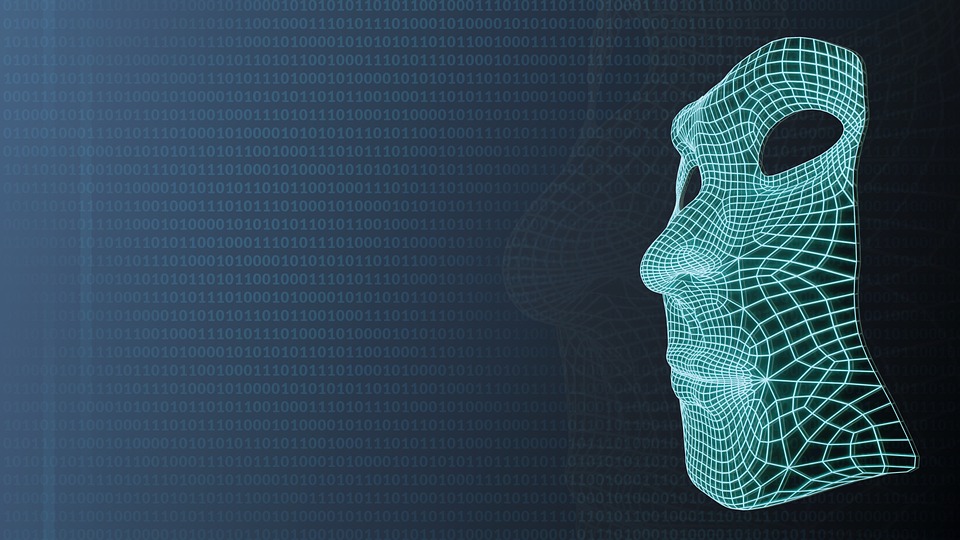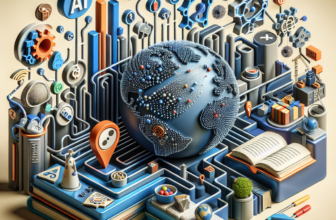Advancements in AI Image Generation: A Look at GANs and Deep Convolutional Networks

Advancements in AI Image Generation: A Look at GANs and Deep Convolutional Networks
Artificial Intelligence (AI) has made significant advancements in recent years, especially in the field of image generation. One of the most exciting developments in this area is the use of Generative Adversarial Networks (GANs) and Deep Convolutional Networks (DCNs) to create realistic and high-quality images. These technologies have the potential to revolutionize the way we generate and manipulate images, opening up a world of new possibilities for artists, designers, and developers. In this article, we will take an in-depth look at GANs and DCNs and how they are changing the landscape of AI image generation.
Generative Adversarial Networks (GANs)
GANs are a type of neural network that consists of two separate networks: a generator and a discriminator. The generator network creates new images, while the discriminator network evaluates these images and determines whether they are real or fake. The two networks are constantly in competition with each other, with the generator trying to create images that are increasingly realistic, and the discriminator trying to become better at distinguishing between real and fake images.
This constant competition between the two networks leads to a process of refinement, where the generator gets better at creating realistic images, and the discriminator gets better at identifying them. This results in the generation of high-quality, realistic images that are almost indistinguishable from those created by humans.
Deep Convolutional Networks (DCNs)
DCNs are a type of neural network that is specifically designed for processing visual data, such as images and videos. They are made up of several layers of convolutional filters, which are used to extract features from the input images. These features are then passed through fully connected layers to produce the final output.
DCNs are particularly well-suited for image generation tasks because they are able to capture and represent the complex visual patterns and structures present in images. This allows them to create highly detailed and realistic images, making them an ideal tool for AI image generation.
Applications of GANs and DCNs in Image Generation
The advancements in GANs and DCNs have opened up a wide range of applications in image generation. These technologies have been used to create stunning artwork, generate realistic human faces, and even produce high-quality images of nonexistent objects and landscapes. They have also been used in the fashion and design industry to create new and innovative designs, as well as in the entertainment industry to generate realistic special effects and CGI.
Furthermore, GANs and DCNs have the potential to revolutionize the way we create and manipulate images in various fields, such as medical imaging, satellite imaging, and remote sensing. These technologies can be used to enhance the quality of medical images, improve the accuracy of satellite imagery, and extract useful information from remote sensing data.
FAQs
What are the main advantages of using GANs and DCNs for image generation?
GANs and DCNs offer several advantages for image generation, including the ability to create realistic and high-quality images, the potential to revolutionize various industries, and the capability to handle complex visual patterns and structures. These technologies also have the potential to enhance the quality and accuracy of images in fields such as medical imaging, satellite imaging, and remote sensing.
What are some of the current limitations of GANs and DCNs for image generation?
While GANs and DCNs have made significant advancements in recent years, they still have some limitations. For example, GANs can sometimes suffer from mode collapse, where the generator produces only a limited set of outputs, and they can also struggle with generating high-resolution images. DCNs, on the other hand, can be computationally expensive and require a large amount of training data to produce high-quality images.
What are the potential future developments in GANs and DCNs for image generation?
Looking ahead, there are several potential future developments in GANs and DCNs for image generation. For example, researchers are exploring ways to improve the robustness and stability of GANs, as well as develop new architectures that can generate high-resolution images more effectively. There is also ongoing research into using GANs and DCNs for interactive image generation, allowing users to actively participate in the image creation process.
In conclusion,
The advancements in GANs and DCNs have the potential to revolutionize the way we generate and manipulate images, opening up a world of new possibilities for artists, designers, and developers. These technologies have the ability to create realistic and high-quality images, revolutionize various industries, and handle complex visual patterns and structures. While there are still some limitations to be overcome, the future looks bright for GANs and DCNs in the field of AI image generation.







